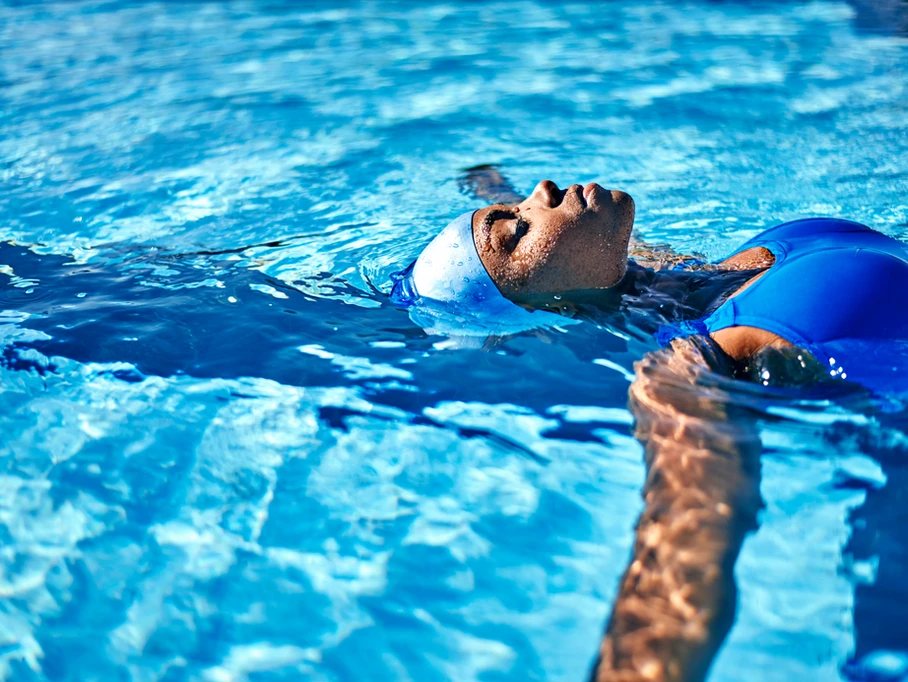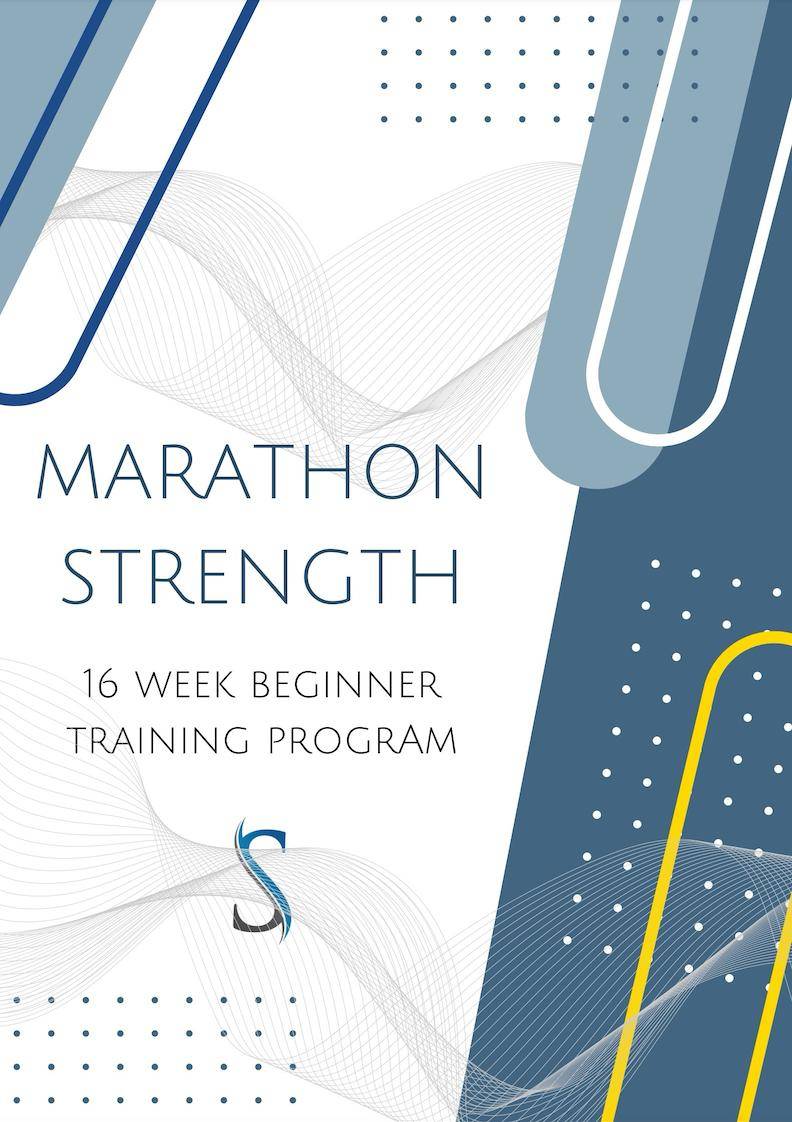
Let’s talk about something important…
I was recently (just last week, in fact) talking with my swimmers after practice. One of the girls was giving another a hard time because she will often try to get out of a full warm up or cool down swim by asking the coaches questions or picking up a conversation with another swimmer or by creating some other kind of distraction. The second swimmer laughed, being called out on something she knows she does daily and replied ‘I just hate warm up and cool down.’ She’d rather just get in the pool do the work and be done. And I can’t blame her (though personally, when I was swimming I always looked forward to the easy parts… but different strokes, as they say). We as coaches, and on a grander scale as a society, ask a lot of athletes. However, cooling down after exercise is ESSENTIAL to allowing your body to fully recover from a workout and should not be skipped.
Call it what you will: warm down, recovery swimming, loosen, cool down, easy, etc. Bringing your heart rate down slowly and stretching out your stroke have multiple benefits. Flushing the lactic acid out of your muscles, building muscle memory and improving flexibility are among the many benefits of getting a full cool down.
Practices for cardio based sports (swimming, running, cycling, etc) utilize multiple sources to provide athletes with the energy required to get through their workout. The result of this is a build-up of lactic acid in the muscles. You’ve heard of it; it’s the byproduct that makes your face do this when things get really hard:

An article on swimming.org suggests that athletes should swim between 200m and 800m to remove the lactic acid in the muscles. Skipping the cool down prevents lactic acid in your muscles from being fully flushed out, leaving you feeling stiff and sore.
Different than the dull achy stiffness that lactic acid leaves behind is the feeling of ‘dead’ or heavy arms and legs after an intense workout. This is the result of blood pooling in your limbs which occurs when the body goes from an all-out swim to an immediate state of rest. As you workout, your heart pumps faster, pushing more blood through your veins. If you don’t cool down appropriately, the blood slows within the vascular system and there is blood pressure to move the blood, which can lead to a build-up as blood becomes somewhat trapped between valves.
Recovery swimming is also a great time to improve your flexibility and work on your technique. When racing, an athlete shouldn’t be thinking about too much other than getting to the wall first. But building that muscle memory requires time and slow repetition. After your workout, when you’re good and fatigued, take the time to work on some drills to maintain rotation or sculling to improve your catch or work your underwaters to feel the water on both sides of your feet. Get used to endless repetition but don’t make it mindless. Once you do finally get out of the water your body is primed for a nice long session of static stretching; your muscles are already warm after the workout so they’ll be nice and pliable, better able to reach end range.
The benefits of a good recovery between workouts have been well documented. Allow your cool down to be the start of great recovery.


